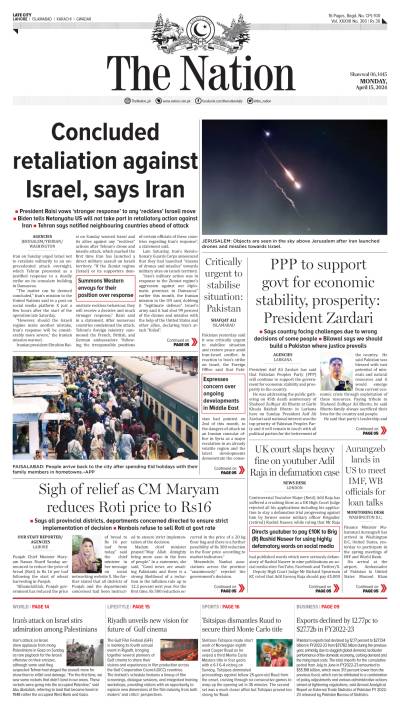US Deputy Chief of Mission in Pakistan, Richard Hoagland, has repeated US Special Envoy Marc Grossman’s remark that the USA recognized the Durand Line as the international border between Pakistan and Afghanistan. Mr Hoagland made this remark at a media roundtable in Peshawar, responding to a question about the angry reaction from Kabul to Grossman’s remarks, who is the Special Envoy for Afghanistan and Pakistan, about the border. This realistic statement from the US is welcomed and appreciated. It also means that its occupation of Afghanistan since its overthrow of the Taliban has not led it into adopting the Afghan government’s wishful thinking on this issue. Though, Mr Hoagland did add that Kabul might have a different view, and would be well within its rights to explain it.
It is worth noting that the USA is not just ready to accept the Durand Line as the international boundary, but also as a boundary recognized for a long time (as a matter of fact, since 1893), when the Amir of Afghanistan signed a treaty with India laying out the border. Pakistan, the successor state to the Raj, merely inherited that treaty, and that boundary, when it came into existence in 1947. Mr Hoagland saying that the Durand line is no Line of Control, is taken as an allusion to the way India has been trying to have the Line of Control in Kashmir converted into the international border, even though the Kashmir dispute is a dispute which any rational entity would wish to see resolved by a plebiscite, as resolved by the UN.
If the USA was to apply rules of international law, as it has done in this case, to all its dealings with Pakistan, it would reconsider the violations of national sovereignty that drone strikes represent. However, Pakistan should perhaps be grateful for small mercies, such as this. If only for this reason, not just Mr Grossman’s original statement, but also Mr Hoagland’s defence of it, must be accepted as being helpful in promoting an improvement in Pak-US relations.
Monday, April 15, 2024
The Durand Line
Meghan Markle demanding a grovelingly apology for the past
10:38 PM | April 15, 2024
Child Marriage Act: LHC terms difference in gender-based age criteria 'discriminatory'
10:37 PM | April 15, 2024
Elon Musk reveals 'crucial fact' about all-powerful Starship
10:35 PM | April 15, 2024
Aseefa Bhutto Zardari sworn in MNA
10:27 PM | April 15, 2024
Iranian President Raisi to visit Pakistan on April 22
10:26 PM | April 15, 2024
Policing Reforms
April 15, 2024
Storm Safety
April 15, 2024
Deterrence Restored
April 15, 2024
IMF Challenges
April 14, 2024
Security Crisis
April 14, 2024
Suicide awareness
April 15, 2024
Biden’s dilemma
April 15, 2024
Over dependence on technology
April 14, 2024
Education reform call
April 14, 2024
Brain drain
April 14, 2024
ePaper - Nawaiwaqt
Advertisement
Nawaiwaqt Group | Copyright © 2024





